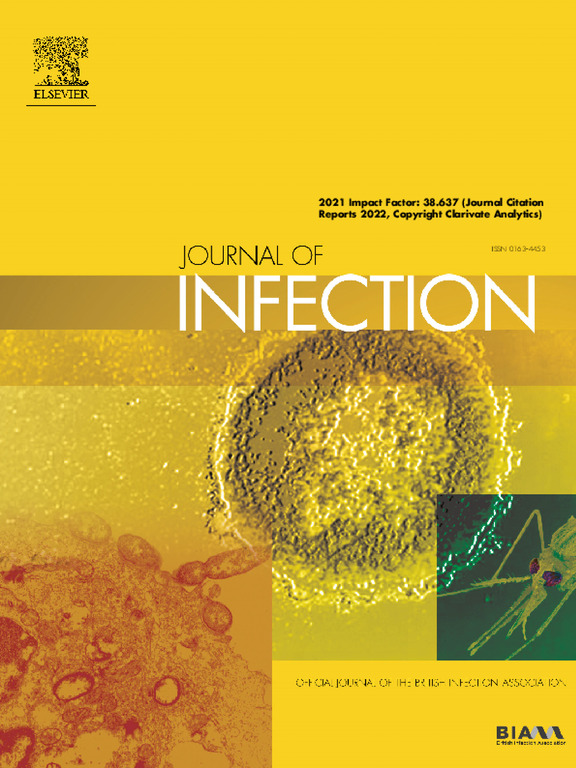季节性流感或 COVID-19 与重症监护入院或死亡结果的急诊科就诊流行病学比较:澳大利亚新南威尔士州的一项基于人口的记录关联研究。
IF 14.3
1区 医学
Q1 INFECTIOUS DISEASES
引用次数: 0
摘要
背景:COVID-19和季节性流感是导致发病和死亡的地方性原因。本研究旨在比较在急诊科(ED)就诊的感染者中重症患者的流行病学和死亡风险:方法:将澳大利亚新南威尔士州基于人群的去身份化急诊科记录与人群健康结果数据库进行概率链接,时间跨度为 2015 年 1 月 1 日至 2023 年 2 月 28 日。研究对象包括急诊科诊断为急性呼吸道感染的患者。采用逻辑回归法检测感染病毒与严重后果(入住重症监护室或死亡)风险之间的关联:结果:2335 名患者感染了流感,5053 名出现严重后果的患者感染了 COVID-19。除结论外,两种病毒的年龄分布相似:当人群中 COVID-19 疫苗接种率大于 90% 时,Omicron 变种就会出现。尽管如此,与流感相比,COVID-19的致死率更高。本文章由计算机程序翻译,如有差异,请以英文原文为准。
Epidemiological comparison of emergency department presentations with seasonal influenza or COVID-19 and an outcome of intensive care admission or death: A population-based records linkage study in New South Wales, Australia
Background
COVID-19 and seasonal influenza are endemic causes of morbidity and mortality. This study aimed to compare the epidemiology of severe illness and risk of death among patients following emergency department (ED) presentation with either infection.
Methods
De-identified, population-based, emergency department records in New South Wales, Australia, were probabilistically linked to population-level health outcome databases for the period 1 January 2015 to 28 February 2023. Included were patients allocated an ED diagnosis consistent with an acute respiratory infection. Logistic regression was used to examine the association of infecting virus with risk of a severe outcome (intensive care unit admission or death).
Results
Influenza infection was notified in 2335 and COVID-19 in 5053 patients with a severe outcome. The age distribution was similar for both viruses, except in <15-year-olds, where severe influenza was nearly three times more frequent. Overall, the odds of death among patients with COVID-19 was 1.65 (95% CI 1.43, 1.89) times higher than among those with influenza. This declined to 1.49 (95% CI 1.08, 2.06) times during the COVID-19 Omicron variant period.
Conclusions
The Omicron variant arrived when background population COVID-19 vaccination coverage was >90%. Despite that, death was more frequent for COVID-19 than influenza.
求助全文
通过发布文献求助,成功后即可免费获取论文全文。
去求助
来源期刊

Journal of Infection
医学-传染病学
CiteScore
45.90
自引率
3.20%
发文量
475
审稿时长
16 days
期刊介绍:
The Journal of Infection publishes original papers on all aspects of infection - clinical, microbiological and epidemiological. The Journal seeks to bring together knowledge from all specialties involved in infection research and clinical practice, and present the best work in the ever-changing field of infection.
Each issue brings you Editorials that describe current or controversial topics of interest, high quality Reviews to keep you in touch with the latest developments in specific fields of interest, an Epidemiology section reporting studies in the hospital and the general community, and a lively correspondence section.
 求助内容:
求助内容: 应助结果提醒方式:
应助结果提醒方式:


